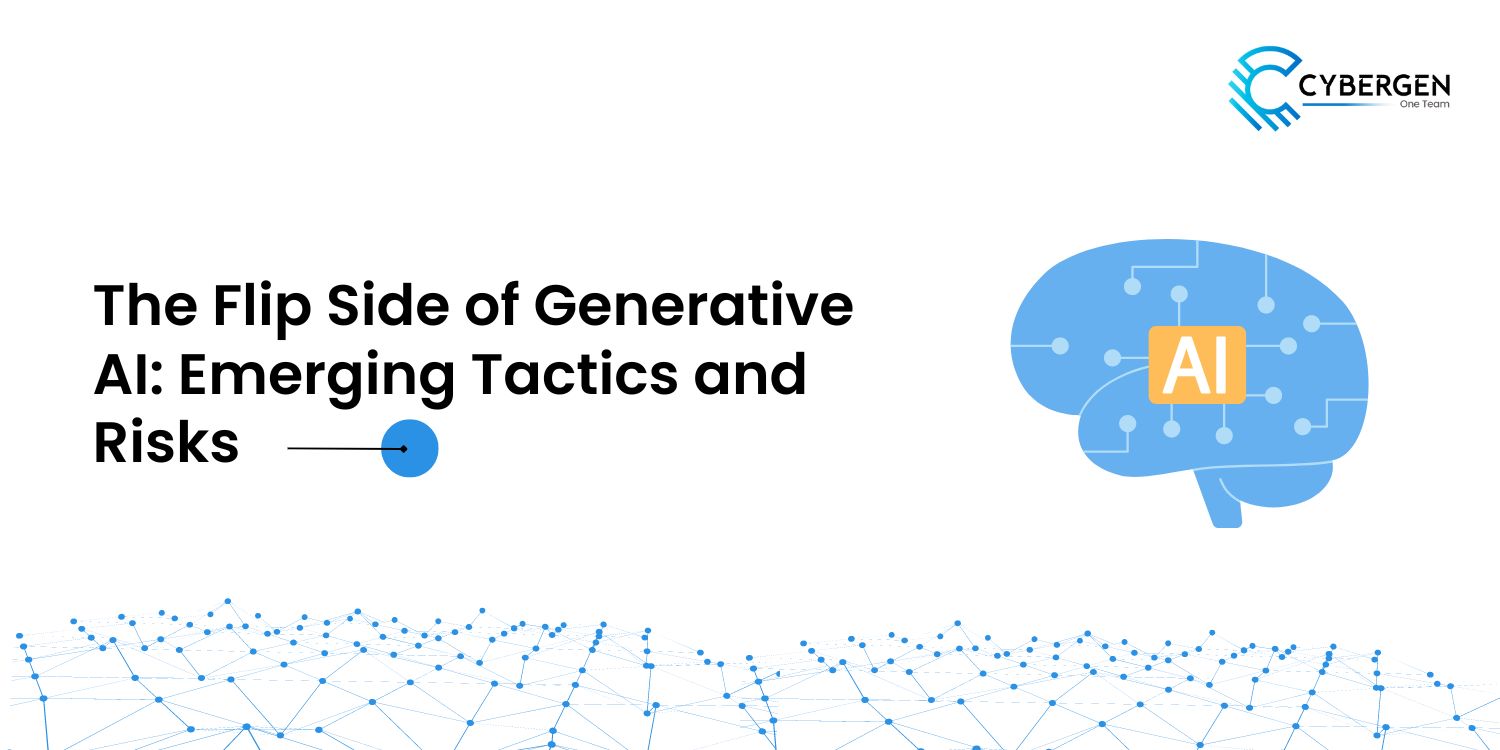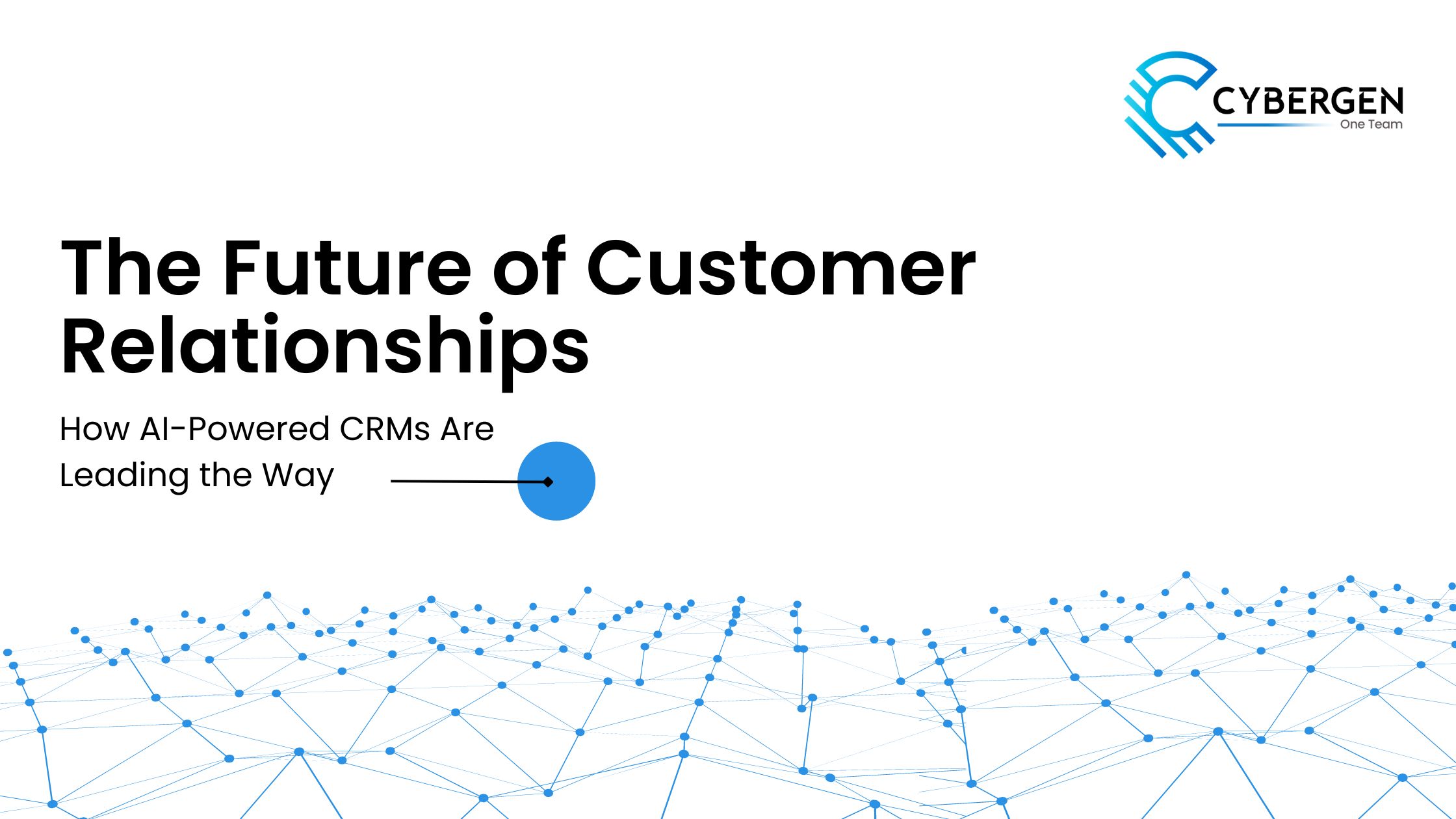The importance of cybersecurity in software development has never been more critical than it is today. With each passing day, the threats are becoming more sophisticated, posing significant risks to businesses, individuals, and even entire industries.
One of the key players today is Microsoft Corporation, a titan in the world of computer code generation. With its ubiquitous presence in desktop computing and substantial market share, Microsoft has long been a prime target for hackers. The likes of Code Red, Nimda, and MyDoom, all targeting Microsoft software, serve as stark reminders of the devastating consequences of inadequate cybersecurity measures.
But it's not just Microsoft facing these challenges. Small and medium-sized businesses, which account for 43% of cyberattacks according to Accenture's "Cost of Cyber Security Study," are equally susceptible to digital threats. The rise of custom software development further amplifies the need for robust security measures, as bespoke solutions become increasingly prevalent across various industries.
In light of these evolving threats, the imperative for robust cybersecurity measures in software development becomes abundantly clear. Just as a city strengthens its defenses to protect against external threats, businesses must fortify their software systems to safeguard against cyberattacks.
In this blog, we'll get deeper into exploring common cybersecurity threats faced in software development and the significance of implementing robust security measures. From weak authentication and insufficient data encryption to poorly configured access controls, we'll shine a light on the vulnerabilities that software developers must address.
Additionally, we'll highlight the role of collaboration between developers and security teams, emphasizing the importance of integrating cybersecurity into every phase of the software development lifecycle.
Understanding Cybersecurity Threats in Software Development
In software development, various cybersecurity threats are out there, presenting significant challenges for developers and organizations.
Let's get into some of the most common threats faced and vulnerabilities encountered throughout the software development lifecycle:
Weak Authentication:
Authentication serves as the gateway to software programs, confirming the identity of users before granting access. However, when authentication procedures are weak or poorly implemented, they become susceptible to exploitation by malicious actors. Factors such as weak passwords, the absence of multi-factor authentication, and lax password policies can pave the way for unauthorized access to sensitive data and systems.
Insufficient Data Encryption:
Data encryption plays a pivotal role in safeguarding sensitive information from prying eyes. However, insufficient or inadequate encryption practices leave data vulnerable to interception and unauthorized access. Whether it's the utilization of weak encryption algorithms, failure to encrypt data both in transit and at rest, or ineffective key management practices, any oversight in data encryption can expose critical information to cyber threats.
Inadequate Input Validation:
User input validation acts as a barrier against various software vulnerabilities, including injection attacks, cross-site scripting (XSS), and buffer overflow attacks. Yet, when input validation procedures are lacking or improperly implemented, they create openings for exploitation. Whether it's a deficiency in input validation, poor implementation, or failure to sanitize input data, inadequate input validation can compromise the integrity and security of software applications.
Poorly Configured Access Controls:
Access controls serve as gatekeepers, regulating user access to software programs and data. However, when access controls are improperly configured or loosely enforced, they provide avenues for unauthorized access to critical systems and information. Whether it's lax access restrictions, the absence of access control implementation, or a failure to adhere to the principle of least privilege, poorly configured access controls expose software applications to heightened security risks.
Insufficient Testing and Quality Assurance:
Testing and quality assurance are fundamental components of the software development process, ensuring the reliability and security of software applications. However, when testing and QA efforts fall short or are inadequately performed, they leave software vulnerable to exploitation. Issues such as bugs, errors, and software defects can persist, rendering software applications more susceptible to cyber attacks.
Implementing Effective Cybersecurity Practices
Incorporating effective cybersecurity practices into software development is important for safeguarding against cyber threats and protecting valuable assets. By following actionable steps and implementing robust security measures, developers can enhance the security posture of their software applications.
Here are some key practices to consider:
1. Implement Strong Authentication:
One of the first lines of defense against cyber threats is strong authentication. This involves using complex passwords, multi-factor authentication, and enforcing password policies such as expiration and complexity requirements. By implementing strong authentication mechanisms, developers can ensure that only authorized users have access to the software application and its data, reducing the risk of unauthorized access.
2. Utilize Encryption Techniques:
Data encryption is essential for protecting sensitive information from unauthorized access. Developers should employ robust encryption algorithms to encrypt data at rest and in transit. Additionally, effective key management practices should be implemented to safeguard encryption keys. By encrypting data effectively, developers can ensure that sensitive information remains secure, even in the event of a data breach.
3. Implement Input Validation:
Input validation is critical for preventing common vulnerabilities such as injection attacks and cross-site scripting. Developers should validate user input to ensure its legitimacy and compliance with predetermined standards. This involves checking input data, sanitizing input data to remove potentially harmful characters, and enforcing input length restrictions. By implementing strong input validation procedures, developers can mitigate the risk of software vulnerabilities and enhance cybersecurity.
4. Configure Access Controls:
Access controls are essential for limiting user access to software applications and data. Developers should properly configure access controls to ensure that only authorized users have access to sensitive data. This involves implementing access restrictions, adhering to the principle of least privilege, and enforcing role-based access rules. By configuring access controls effectively, developers can reduce the risk of unauthorized access and protect critical data from cyber threats.
5. Foster Collaboration Between Developers and Security Teams:
Collaboration between developers and security teams is important for integrating security throughout the software development lifecycle. Security teams can provide guidance on security best practices, identify potential vulnerabilities, and conduct security testing. By fostering collaboration between these teams, developers can ensure that security is prioritized from the early stages of development and address security concerns proactively.
The Main Takeaways
-
Incorporating cybersecurity measures into software development processes is no longer optional but a critical necessity. With the evolving threat landscape and increasing sophistication of cybercriminals, businesses must prioritize cybersecurity to protect their software applications.
-
Recognizing common cybersecurity threats such as weak authentication and inadequate testing is essential. Businesses need to be proactive in addressing these threats at every stage of the development lifecycle to mitigate risks effectively.
-
Effective security practices, including strong authentication, encryption, input validation, and access controls, are crucial for developing secure software applications. By implementing these practices, businesses can enhance their cybersecurity posture and reduce vulnerability to attacks.
-
Ongoing collaboration and expertise play a pivotal role in ensuring robust cybersecurity practices. Partnering with experienced software development companies like PixelCrayons provides access to specialized expertise and resources needed to develop secure and resilient applications.
-
Cybersecurity is not a one-time effort but requires continuous commitment and vigilance. By prioritizing cybersecurity measures and fostering a culture of collaboration and expertise, businesses can effectively mitigate risks, protect their assets, and build trust with their customers.
Relevant Blogs
Hey, I can help you with:
What AI solutions does CyberGen offer to enhance business operations? How can CyberGen's managed IT services improve my company's efficiency? What training programs are available through CyberGen Academy?



 1.png)
